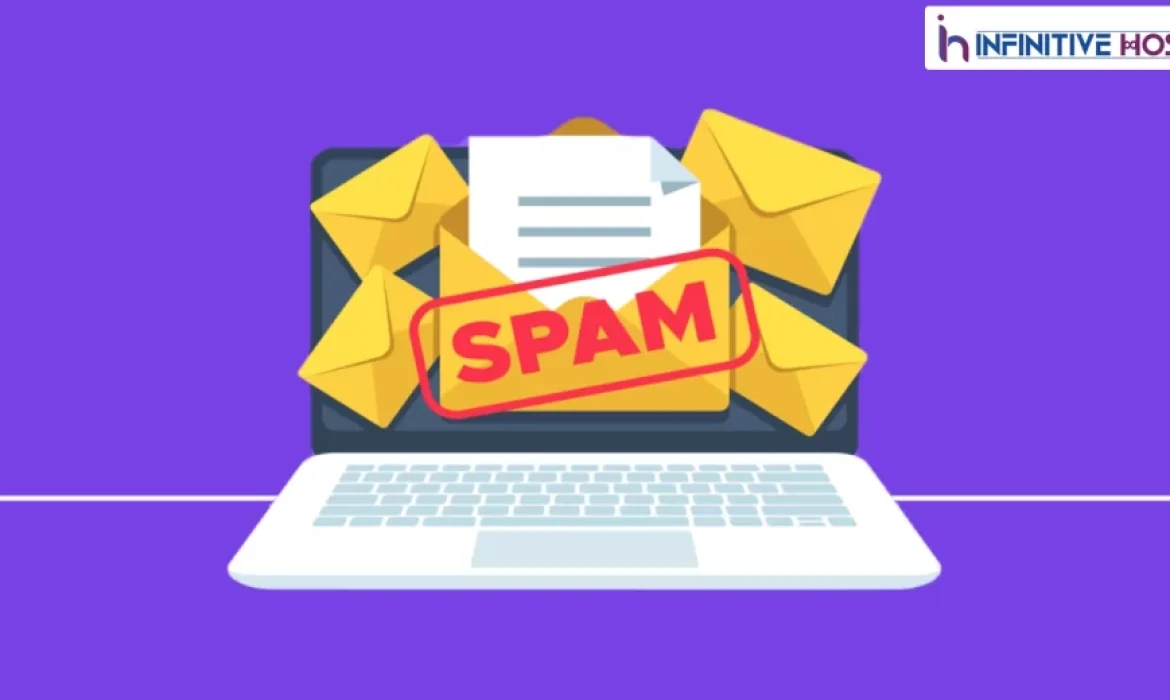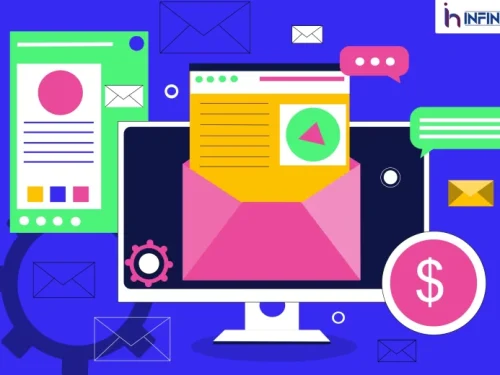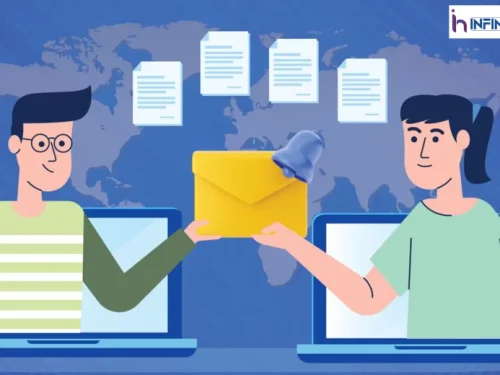More than 50 percent of all emails are spam, according to Statista. Email spam is, of course, a major issue on the Internet, and as a result, email services have become more active in their efforts to combat spam.
As a general rule, most of the mails that are marked as spam are in fact junk mail. Internet service providers (ISPs) and email services (like Gmail) put up filters to automatically remove spam emails before they appear in the inbox since people would be annoyed if they had to physically filter through all of these emails. But if you commit a few frequent blunders, your legitimate emails may also be caught up in these anti-spam efforts.
Gmail, Hotmail, and other popular email clients still place cPanel users’ business emails in spam folders despite the fact that they’ve activated anti-spam measures like box trapper, identification, and other features like this. There would be no apparent reason for this to have occurred.
What causes cPanel emails to land in the spam folder?
Anti-spam checks are employed by mail servers in a variety of ways.
Additionally, RFC-compliant SMTP handshake, user feedback and IP reputation checks are all included in this. All of these checks add up to a spam score, and that number tells us whether or not a message is spam.
We’ve found that valid emails can get a low spam score if the server’s IP network, message encoding, message headers, or any other factor contributes to the low spam score.
As a result, large email providers tend to label low-scoring spam emails as spam.
How to stop cPanel Mail from getting Caught in the spam folder
Based on the “spam” and “not-spam” scores, email delivery services identify spam.
We need to increase the “not-spam” signals and reduce the “spam” signals in order to prevent emails from being labeled as spam.
Top 6 ways to prevent email spamming:
1. Setup FCrDNS (Forward Confirmed Reverse DNS)
Most spam emails are sent from compromised PCs or poorly managed mail servers.
The host names and IP addresses of these servers and PCs tend to be untidy and lack a PTR record. Hotmail and other mail service providers utilise this as a key spam source indication.
As a result, we’ve set up FCrDNS to help us avoid getting a spam score of zero.
A PTR record pointing to the server name will be present on the mail server’s IP address. It’ll be ServerName.com when the IP is 1.1.1.1.
The IP address assigned to the server will be referred to as the server name. ServerName.com, for example, will resolve to 1.1.1.1.
If the DNS loop has been completed, this is seen as a sign of a well-maintained mail server.
2. Configure SPF and DKIM DNS records
Fake “From” email IDs are frequently used by spammers in order to trick clients into visiting a phishing site. This practice is known as spoofing. DNS records known as SPF (Sender Policy Framework) and DKIM (Domain Keys and Signatures) are used by mail servers to combat this (DomainKeys Identified Mail).
There are SPF and DKIM records for a domain that list the approved mail sending IPs and encrypted headers. An inbound email’s validity can be determined using this method.
Receiving mail servers will have to work under the premise that the sender is phoney if no SPF or DKIM records are defined.
If the email contains spam-like content, it may be marked as spam (links, flashy images, etc.).
3. Enable anti-spam scans in outgoing mail
By default, cPanel just looks for spam in incoming emails.
Incoming mails are checked for spammy links, photos, text, or attachments using a variety of high-quality algorithms. Outgoing emails are subjected to the same spam filtering measures.
That way, Gmail, Hotmail, and the like will never send a message that might be mistaken for spam. Depending on the Spam Score, the sender of the email will be given the option to make changes to the message.
4. Prevent malware infection
A history of an IP’s reputation is kept by all major mail service providers for historical purposes.
That’s why keeping your server out of IP blacklists is critical. In general, IPs that have been listed at least once tend to have a higher spam score than IPs that have never been included in a spam blacklist.
We take the following steps to avoid being placed on an IP blacklist:
* In order to keep your website safe from viruses and infestation, you should install a web application firewall. Due to the fact that susceptible websites do not allow spam programmes to reach the server
* When a new file is uploaded, a malware scan should be performed. Spam scripts posted via FTP or cPanel will be eliminated in this manner.
* Outgoing mail should only be sent using Exim or Mailman. Spam scripts that manage to slip through the cracks will no longer be able to spread their venom.
* Limit the number of emails a person can send in an hour. Even if a spammer gains access to an email account, only a little amount of spam will leave the server, preventing the IP address from being blacklisted.
* Creating feedback loops and collecting DMARC spam reporting IP addresses. This alerts us to the presence of a spammer on the server and gives us the opportunity to take action before the IP address gets banned.
5. Select a well-known IP block
When an IP address or range is flagged as a spam sender, it may be added to a blacklist.
The higher your IP’s Spam Score, the more likely it is that you’ll receive spam from your server neighbours. Websites like senderscore.com may show you how much spam is coming from your specific IP address or area. Changing an IP block to one with a higher reputation is something we suggest doing when we discover that an IP block has a history of being blacklisted.
6. Use dedicated IPs for bulk mailers to avoid spamming
Having a high volume of bounced emails may indicate spamming.
We’ve come across bulk mailers using shared server IPs to send out thousands of marketing emails at once. Users in a shared IP address will be affected even if only one bulk mailer fails to observe recommended standards (e.g. an unsubscribe link).
If anti-spam best practises are not followed, cPanel email may end up in Hotmail, Gmail, and other popular email clients’ spam folders.So, in this blog we’ve learned about the top six anti-spam tactics that our Hosting Support Engineers use to keep cPanel servers clean of spam.
Read More : Significance Of Email Filtering Tool For Business Emails


.webp)





